The analysis of operating costs for paper cup machines is crucial for businesses involved in the production of disposable cups. Understanding these costs helps manufacturers make informed decisions about investment, pricing, and operational efficiency. This article delves into the various components that contribute to the operating costs associated with paper cup machines, providing insights into how businesses can optimize their operations and improve profitability.
Understanding Initial Investment Costs
Before delving into the operating costs, it is important to consider the initial investment needed for acquiring a paper cup machine. These machines can range significantly in price based on their capacity, technology, and features. Basic models might cost around $20,000, while high-capacity or automated machines can exceed $100,000. The initial investment includes not only the cost of the machine itself but also installation, training, and any necessary facility modifications. Businesses must factor in these initial costs when planning their budgets and forecasting their return on investment (ROI).
Raw Material Costs
Raw material costs are a significant portion of the operating expenses in paper cup production. The primary raw materials include paperboard and polyethylene, which are essential for producing durable and moisture-resistant cups. Prices for these materials fluctuate based on market demand, supplier agreements, and global economic conditions. Manufacturers often need to establish relationships with reliable suppliers to ensure consistent quality and pricing. Additionally, companies should consider bulk purchasing strategies to reduce costs over time.
Labor Costs
Labor costs also play a critical role in the overall operating expenses of paper cup manufacturing. This includes wages for machine operators, maintenance staff, and quality control personnel. Depending on the level of automation in the production process, labor costs can vary significantly. Highly automated machines may require fewer operators, but skilled technicians will be needed for maintenance and troubleshooting. It is essential for manufacturers to assess their workforce needs regularly and invest in training to enhance productivity.
Utility Expenses
Utility expenses encompass electricity, water, and other essential services required for running the paper cup machines. Electricity consumption is particularly noteworthy, as these machines can consume substantial power during operation. Companies should monitor their utility usage closely and explore options for energy-efficient machines or practices. Implementing energy-saving measures, such as optimizing machine settings and scheduling production during off-peak hours, can lead to significant cost savings in this area.
Maintenance and Repairs
Regular maintenance is vital to ensure the longevity and efficiency of paper cup machines. Maintenance costs can include routine inspections, replacement parts, and emergency repairs. Companies should establish a maintenance schedule and budget accordingly to avoid unexpected expenses that could disrupt production. Investing in preventive maintenance can minimize downtime and extend the lifespan of the machinery, ultimately contributing to lower operating costs over time.
Depreciation and Amortization
As with any manufacturing equipment, depreciation is a key factor in the overall operating costs of paper cup machines. Depreciation accounts for the decline in the value of the machine over its useful life, impacting financial statements and tax liabilities. Businesses should consider the expected lifespan of their equipment when calculating depreciation and align this with their financial planning. Understanding how depreciation affects cash flow is essential for maintaining healthy finances.
Overhead Costs
Overhead costs include all indirect expenses related to the production process, such as rent, insurance, and administrative expenses. Managing overhead effectively is important for maintaining profitability. Companies should regularly review these expenses to identify areas for potential savings. For instance, negotiating lease agreements or reducing waste in administrative processes can contribute to lowering overall operating costs.
Quality Control Costs
Quality control is an essential aspect of paper cup manufacturing that can impact both reputation and financial performance. Implementing rigorous quality control measures incurs costs but can prevent larger losses associated with product defects. Investing in technology for automatic quality checks can streamline the process and reduce human error, leading to long-term savings. Businesses should balance quality control expenses with the potential costs of poor quality products reaching the market.
Market Competition and Pricing Strategy
The competitive landscape of the paper cup industry also influences operating costs. Companies must devise pricing strategies that reflect both their costs and market conditions. Price fluctuations in raw materials and changes in consumer demand can affect profit margins. Businesses need to stay agile, adjusting their pricing and operational strategies in response to market trends. Conducting regular market analyses can help manufacturers remain competitive while managing their operating costs effectively.
Sustainability and Regulatory Compliance Costs
With increasing environmental awareness, sustainability has become a significant factor in production processes. Compliance with regulations regarding recyclable materials and waste management can introduce additional costs. However, investing in sustainable practices can also lead to long-term benefits, such as attracting environmentally conscious consumers and potentially qualifying for grants or subsidies. Businesses should evaluate their sustainability initiatives and ensure they align with regulatory standards to avoid potential fines.
Conclusion
In conclusion, analyzing the operating costs of paper cup machines involves a comprehensive understanding of various factors, including initial investment, raw materials, labor, utilities, maintenance, and more. By taking these costs into account, manufacturers can optimize their operations and enhance profitability. Regularly reviewing and adjusting strategies based on market conditions and internal efficiencies is essential for staying competitive in the evolving paper cup industry. Ultimately, informed decision-making regarding operating costs will pave the way for sustainable growth and success.




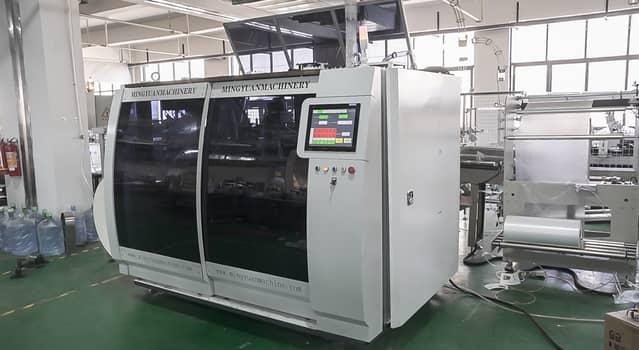
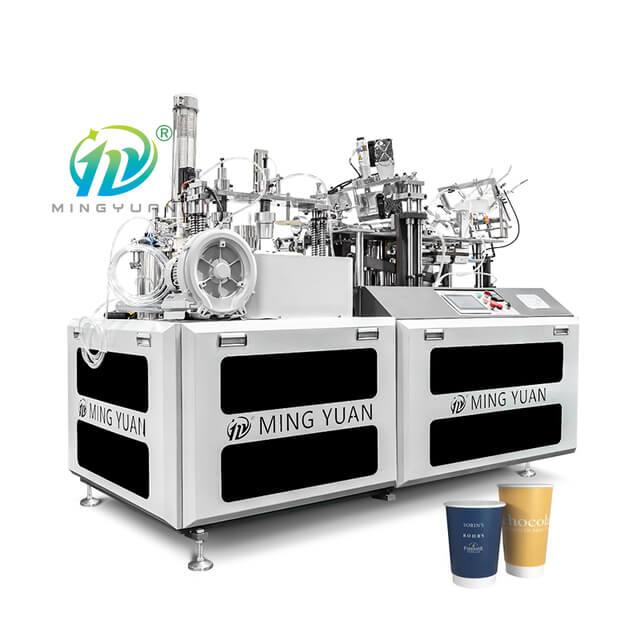
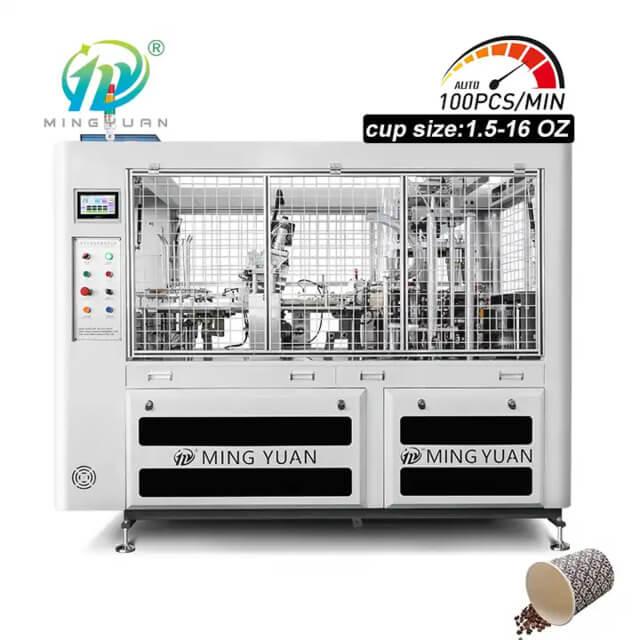
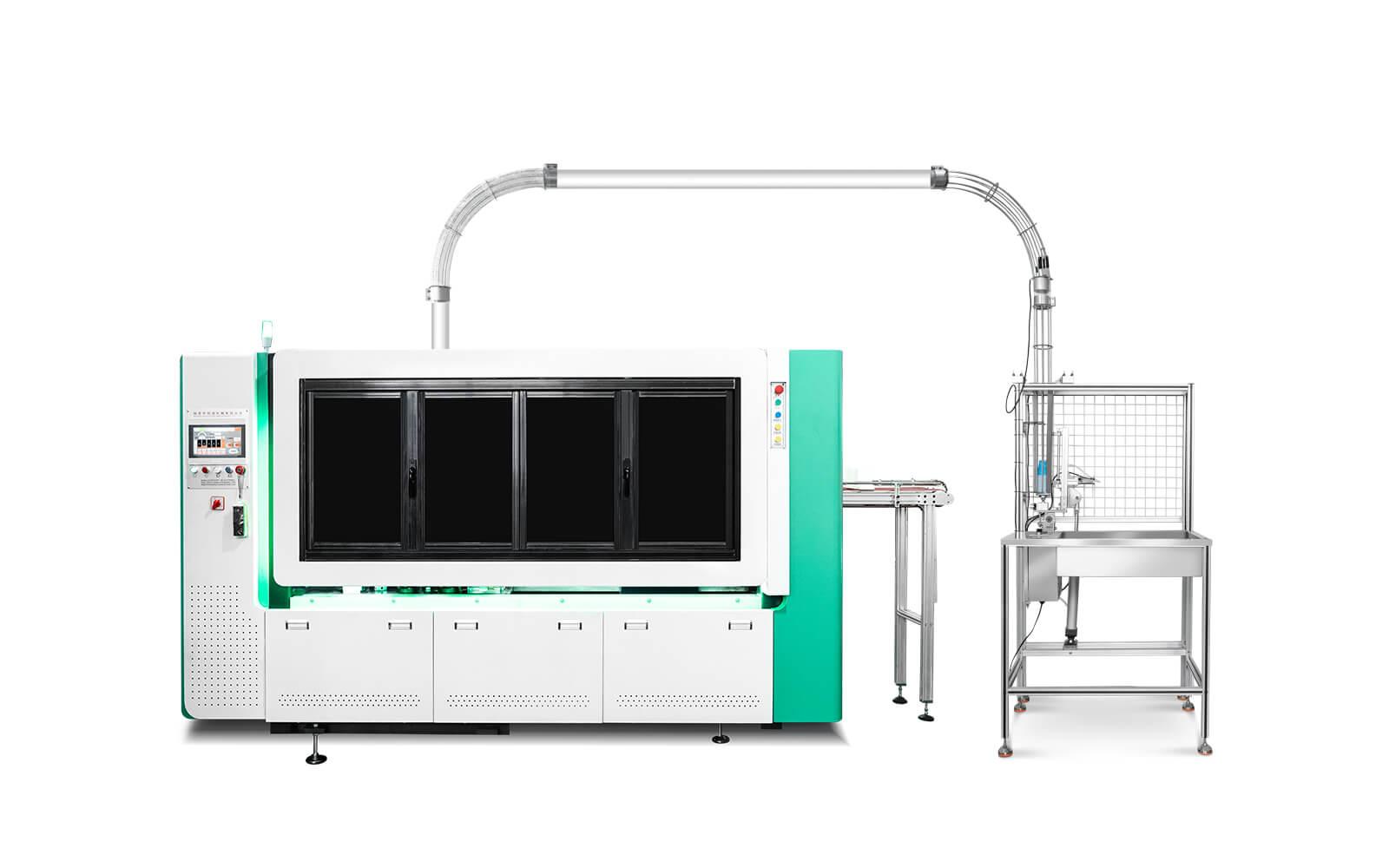
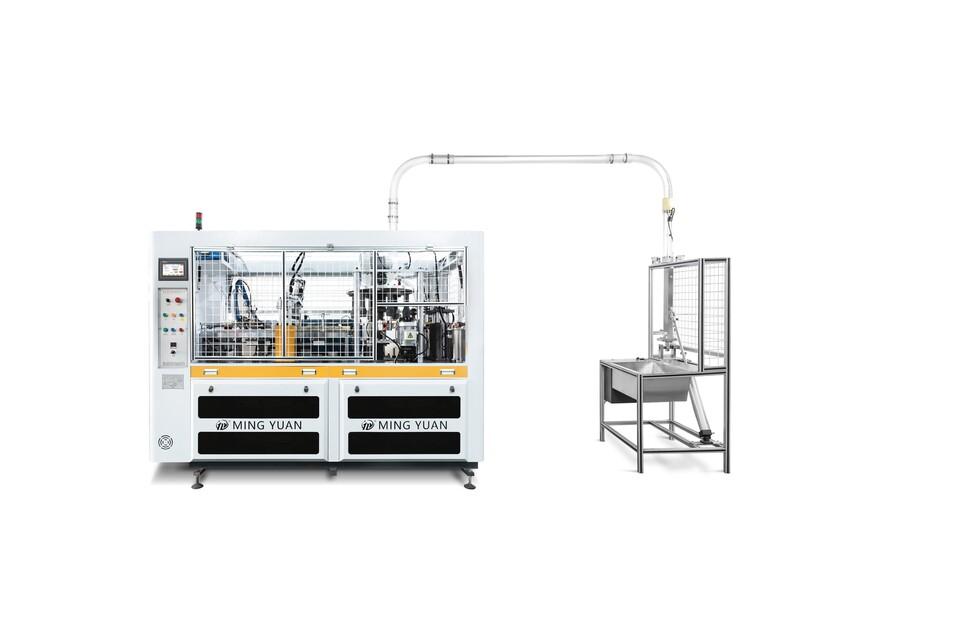
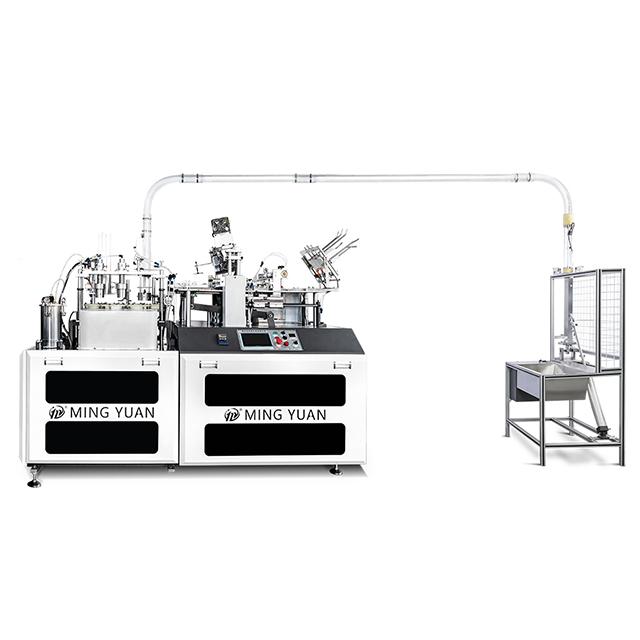
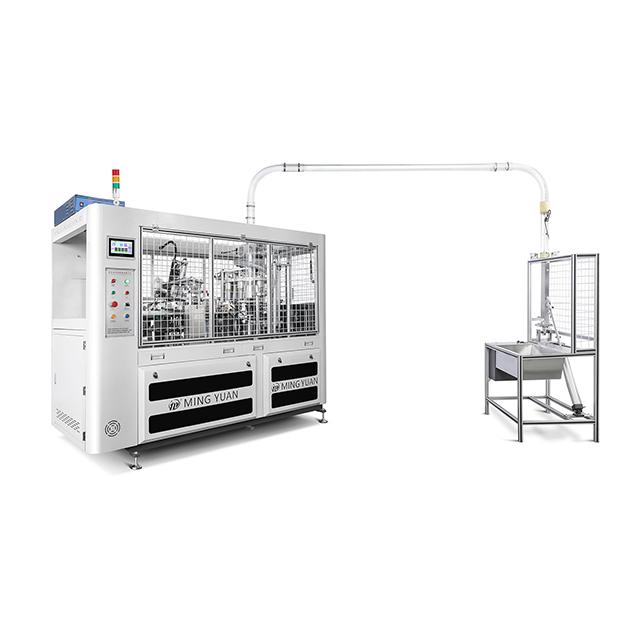
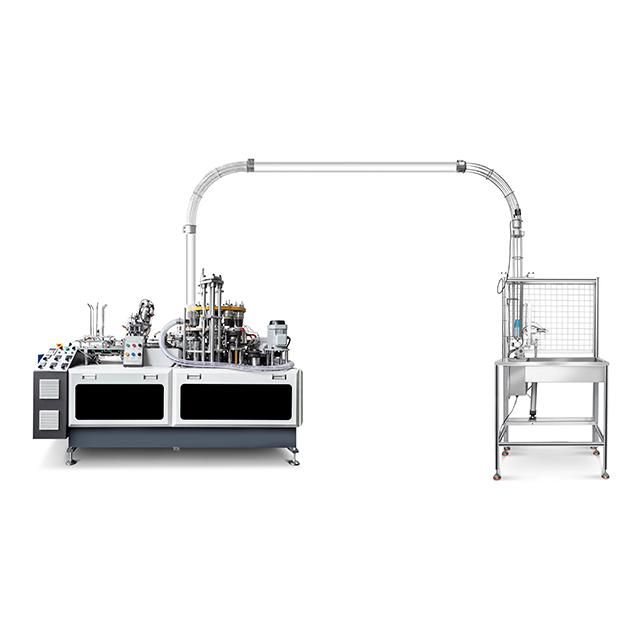
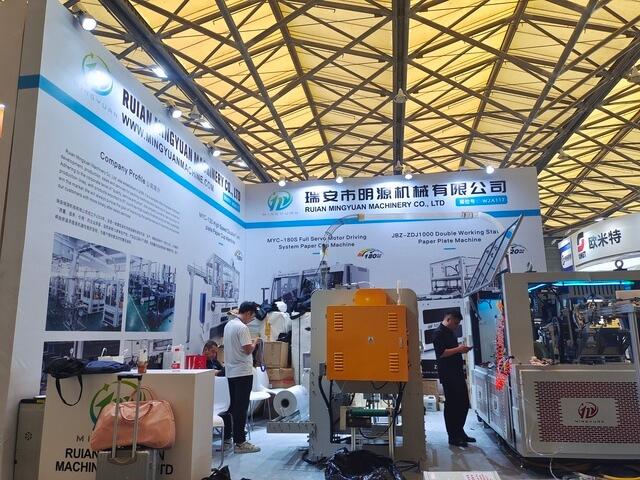
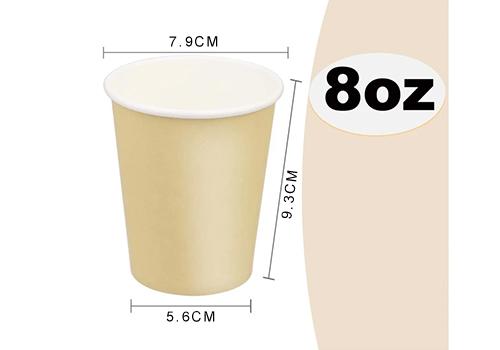
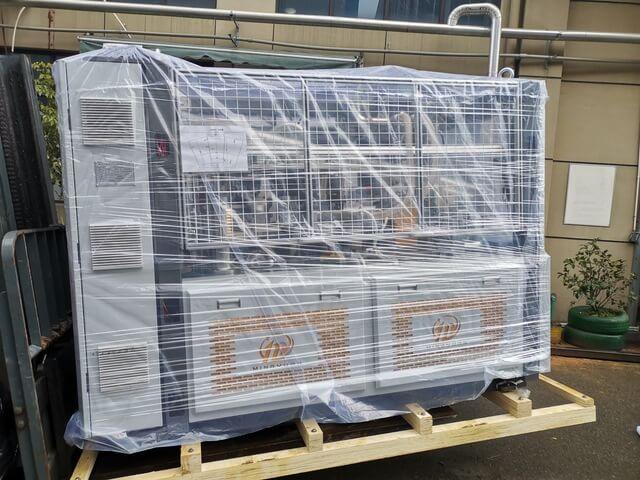

 Tel: +86-19057361870 / +86 577 65567060
Tel: +86-19057361870 / +86 577 65567060  Email: george@paper-cupmakingmachine.com
Email: george@paper-cupmakingmachine.com MP/WhatsApp: +86-19057361870
MP/WhatsApp: +86-19057361870 Manufacturer Address:No.1588, Huaming Road, Feiyun Street,Ruian City Zhejiang Province -325200 China
Manufacturer Address:No.1588, Huaming Road, Feiyun Street,Ruian City Zhejiang Province -325200 China




